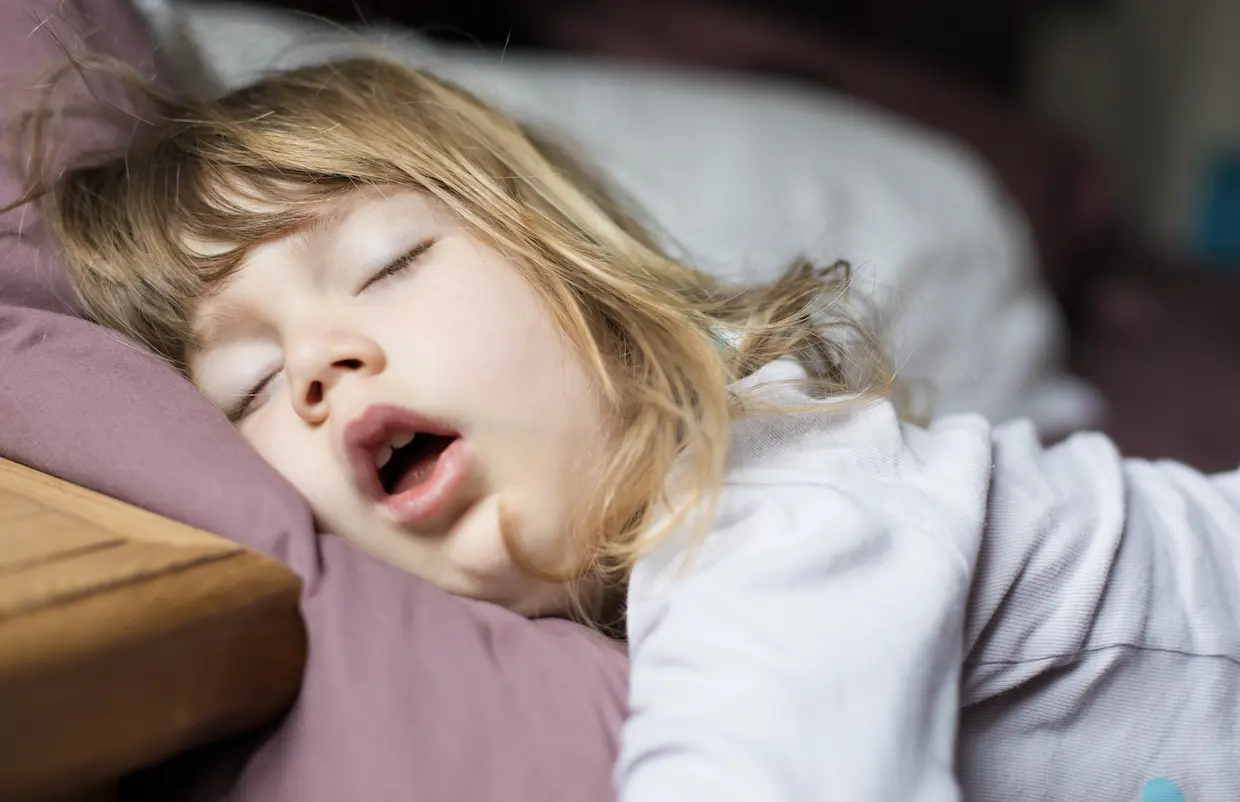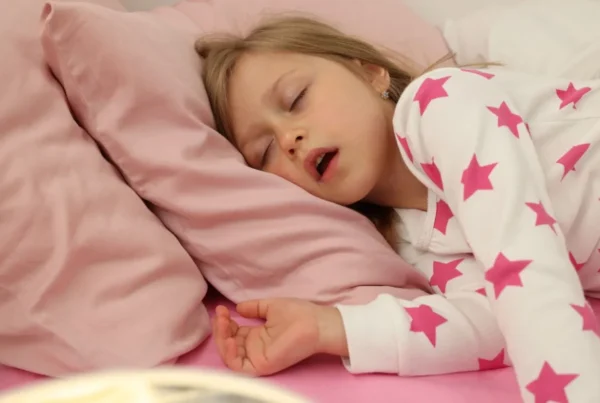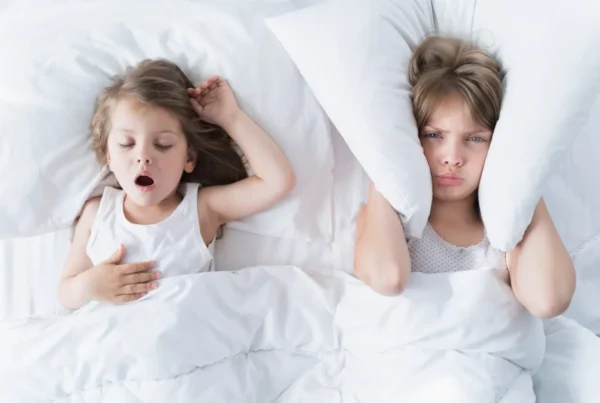If your child struggles with sleep apnea, you want answers that work. Dr. Bethaney Brenner has seen countless families in Burlington, CT search for solutions that don’t involve surgery or uncomfortable machines. With over 40 years of dental experience since 1980, she understands how muscle exercises can change everything for kids who can’t breathe well at night.
Why Traditional Treatments Miss the Mark
Surgery and CPAP machines get recommended all the time for kids with sleep apnea. But here’s what many parents don’t realize: these treatments often ignore the muscle weakness causing the problem. Removing tonsils opens the airway, but it doesn’t teach muscles how to work properly.
CPAP machines force air into the throat to keep it open. That helps kids breathe at night, but it doesn’t fix anything long-term. Plus, many children hate wearing the mask and fight bedtime because of it.
Myofunctional therapy takes a different path. It targets the root cause by making weak muscles strong. Children learn exercises that feel more like games than medical treatment.
How Weak Muscles Create Breathing Problems
Your child’s tongue is a muscle, and it needs to be strong. When tongue muscles are weak, the tongue falls back during sleep. This blocks the airway and stops breathing for short periods throughout the night.
Face and throat muscles also play a huge role in breathing. These muscles need to work together like a team. When one muscle is weak, the whole system struggles as the airway collapses or narrows.
Many kids with sleep apnea breathe through their mouths instead of their noses. Mouth breathing becomes a habit that weakens the muscles even more. Myofunctional therapy breaks this cycle by strengthening each muscle group and teaching them to coordinate.
Teaching Muscles to Work as a Team
Strong muscles aren’t enough if they don’t know how to work together. Your child’s tongue, cheeks, lips, and throat need perfect timing. When these muscles coordinate well, the airway stays open and breathing flows smoothly all night long.
Think about how your child learned to ride a bike. At first, balancing seemed impossible. But with practice, the movements became automatic. Myofunctional therapy works the same way for breathing muscles.
The exercises target specific muscle groups in a particular order. Children start with simple movements and progress to more complex patterns. Dr. Brenner often explains this to parents using everyday examples: just like sports practice makes athletes better, muscle practice makes breathers better.
Why CPAP Machines Frustrate Families
CPAP therapy sounds great in theory, but reality tells a different story. Kids complain about the mask feeling tight on their face. The noise from the machine keeps them awake or scares them. Many children rip the mask off in the middle of the night without even knowing it.
Parents struggle too because bedtime becomes a battle. Getting a reluctant child to wear the mask every single night exhausts everyone. The psychological impact matters more than people realize as some children feel embarrassed about wearing the mask.
Myofunctional therapy offers freedom from all these issues. No equipment means no battles at bedtime. Children feel empowered because they control their own treatment.
Supporting Recovery After Surgery
Sometimes surgery is necessary to remove large tonsils or adenoids. But surgery alone doesn’t complete the healing process. The muscles still need training to maintain the newly opened airway.
Post-surgery, many kids develop compensatory breathing patterns. They learned to breathe around the obstruction before surgery. Without proper muscle training, old habits creep back in.
Key benefits of post-surgical myofunctional therapy:
- Strengthens muscles that surgery couldn’t address
- Retrains proper tongue position and nasal breathing
- Prevents compensatory habits from becoming permanent
- Supports natural facial growth and development
- Reduces risk of sleep apnea returning later
The American Dental Association recognizes the importance of comprehensive care after airway surgery. Dr. Brenner’s advanced training in multiple dental specialties allows her to see the complete picture. Families often notice the difference within weeks.
Simple Exercises That Make Big Changes
Myofunctional therapy exercises are easier than you might think. Most take just a few minutes each day. Children can do them while watching TV or riding in the car.
Tongue exercises form the core of most therapy plans. Kids practice placing their tongue on the roof of their mouth. They learn to keep it there while swallowing and breathing. Lip and cheek exercises build strength in the front of the mouth through fun activities like holding buttons between their lips or blowing bubbles.
Breathing exercises teach nasal breathing instead of mouth breathing. Children practice breathing in through the nose and out through the nose. They learn to keep their lips closed gently throughout the day.

Measuring Success Beyond Numbers
Sleep studies measure apnea-hypopnea index numbers to track breathing events. These numbers matter, but they don’t tell the whole story. Parents notice changes in their child’s daily life that tests can’t capture.
Teachers often report better behavior and attention in class. Kids who sleep well can learn better. Their brains finally get the rest needed to process information and control emotions.
| Area of Change | Common Improvements |
| Daytime Energy | Less fatigue, more active play |
| Behavior | Fewer tantrums, better mood regulation |
| School Performance | Improved focus, better grades |
| Physical Health | Fewer sick days, stronger immune system |
| Growth | Better appetite, healthy weight gain |
Dr. Brenner tracks both objective data and subjective experiences. She asks families about daily activities and quality of life changes. The goal isn’t just better sleep study numbers but a happier, healthier child who thrives in every area of life.
Building a Care Team That Works Together
Sleep apnea treatment works best when different specialists collaborate. Dr. Brenner’s position on the Connecticut State Dental Association Board of Governors gives her connections throughout the medical community. She regularly coordinates care with other providers to ensure children get comprehensive treatment.
Orthodontists play an important role because jaw position affects breathing. Sleep specialists bring medical expertise about breathing disorders and conduct sleep studies. Speech therapists contribute knowledge about muscle function and coordination.
Starting Therapy Before Problems Get Worse
Catching sleep apnea early makes treatment easier and more effective. Dr. Brenner watches for warning signs during routine dental checkups. Mouth breathing, tongue position, and jaw development all provide clues about potential breathing problems.
Starting myofunctional therapy early can prevent severe sleep apnea from developing. Young children adapt quickly to new habits. Regular dental visits give Dr. Brenner chances to spot problems early.
What Makes This Therapy Different
Myofunctional therapy puts children in control of their own healing. They actively participate instead of passively receiving treatment. This empowerment builds confidence and encourages consistency.
The therapy adapts as children grow and develop. Exercises can be adjusted for any age or ability level. No scary machines or painful procedures mean less anxiety for everyone.
Cost often concerns families considering treatment options. Myofunctional therapy typically costs less than surgery or long-term CPAP use. Many dental insurance plans cover at least part of the treatment.
Real Results That Last
Clinical research continues to support myofunctional therapy’s effectiveness for pediatric sleep apnea. Studies show significant improvements in breathing patterns and sleep quality. Children who complete therapy programs maintain their results over time because the muscle changes are permanent.
Dr. Brenner has seen it work for hundreds of families over her 40-plus year career. Her advanced training in multiple areas of dentistry gives her unique insight into why this approach succeeds. Long-term follow-up shows that children maintain their improved breathing patterns.
Parents often wish they had known about myofunctional therapy sooner. The natural, non-invasive approach aligns with modern preferences for holistic healthcare. That’s why more families throughout Connecticut are choosing this path.
Taking the Next Step for Your Child
Your child deserves restful sleep and healthy breathing. Myofunctional therapy offers a path forward that feels natural and achievable. Dr. Brenner’s extensive experience and comprehensive training make her uniquely qualified to guide your family through this process.
Schedule a consultation to discuss whether myofunctional therapy fits your child’s needs. Dr. Brenner will evaluate your child’s specific situation and create a personalized plan. Her compassionate approach, refined over four decades of practice, puts both children and parents at ease.
Don’t let another night of poor sleep hold your child back from reaching their full potential. The exercises are simple, the results are real, and the benefits last a lifetime. Contact her Burlington, CT office today to explore your options and get expert guidance on the best path forward for your family.
Book Your Consultation Today!
Dr. Bethaney B. Brenner DMD
8 Milford St, Burlington, CT 06013
Frequently Asked Questions
What is myofunctional therapy and can it really help my child’s sleep apnea?
Myofunctional therapy teaches exercises that make mouth and face muscles stronger. These stronger muscles help keep airways open at night. Yes, it can help children with sleep apnea by improving how their airway works. The therapy is gentle and doesn’t require surgery or machines. Many families see real improvements in their child’s breathing and sleep quality.
Is myofunctional therapy difficult for children to do?
Not at all. The exercises are designed to be fun and easy for kids. Most exercises take just a few minutes each day. Children can practice while doing other activities like watching TV or riding in the car. The exercises feel more like games than medical treatment. This makes it easier for kids to stay motivated and practice consistently.
How long before we see improvements in our child’s sleep apnea from myofunctional therapy?
Every child responds at their own pace, but many parents notice changes within a few weeks. Some improvements like better daytime energy appear first. Breathing patterns take longer to fully change as muscles get stronger. Consistent daily practice gives the best results. Dr. Brenner monitors progress and adjusts exercises as your child improves.
The information on this page is provided to help you understand general dental care and the preventive services we offer. It’s not a substitute for professional diagnosis or individualized treatment. Every patient’s needs are different, and your dentist will evaluate your oral health before recommending any specific care or procedure. (For personalized guidance, please schedule an appointment with a licensed dental professional.)
Related Articles





